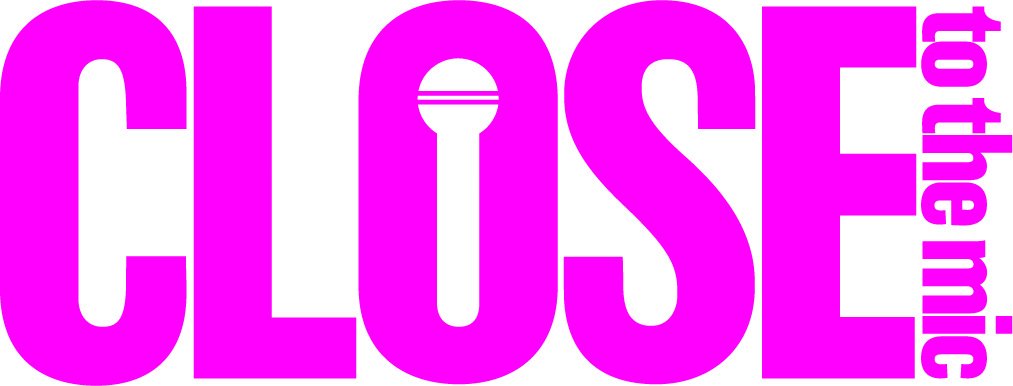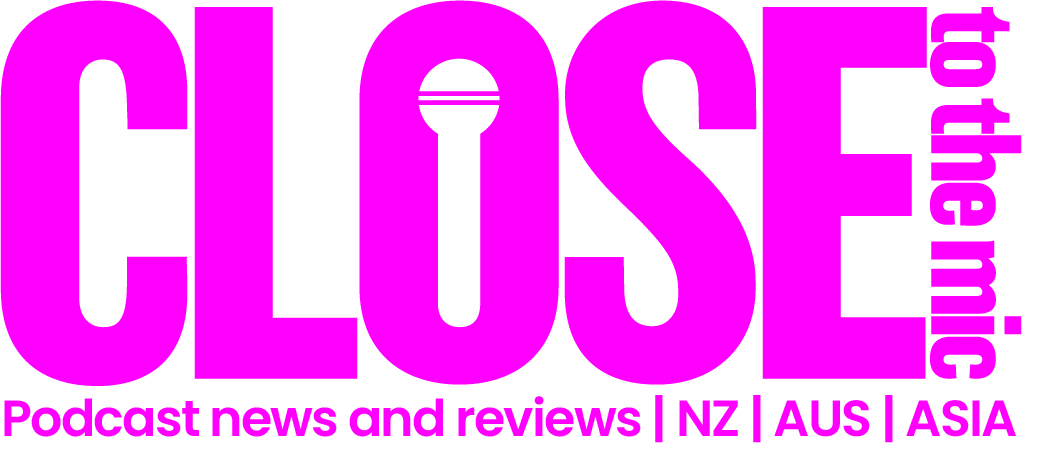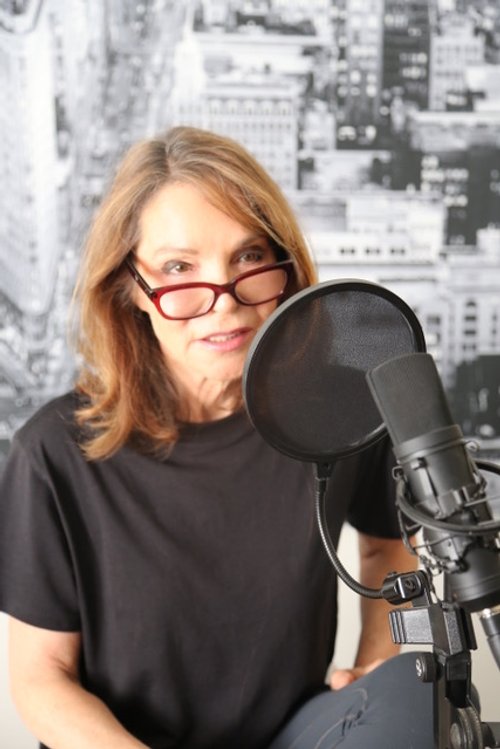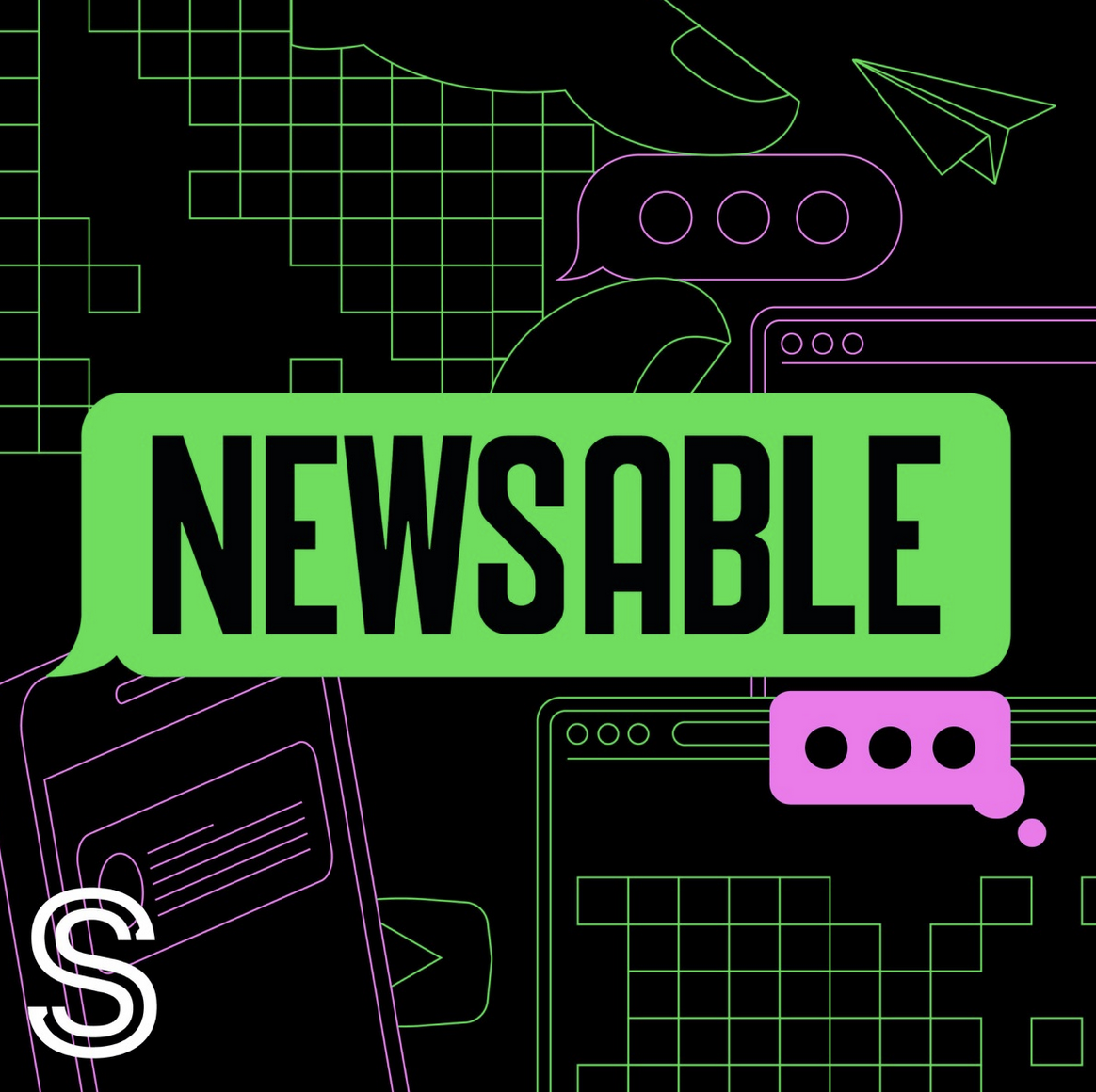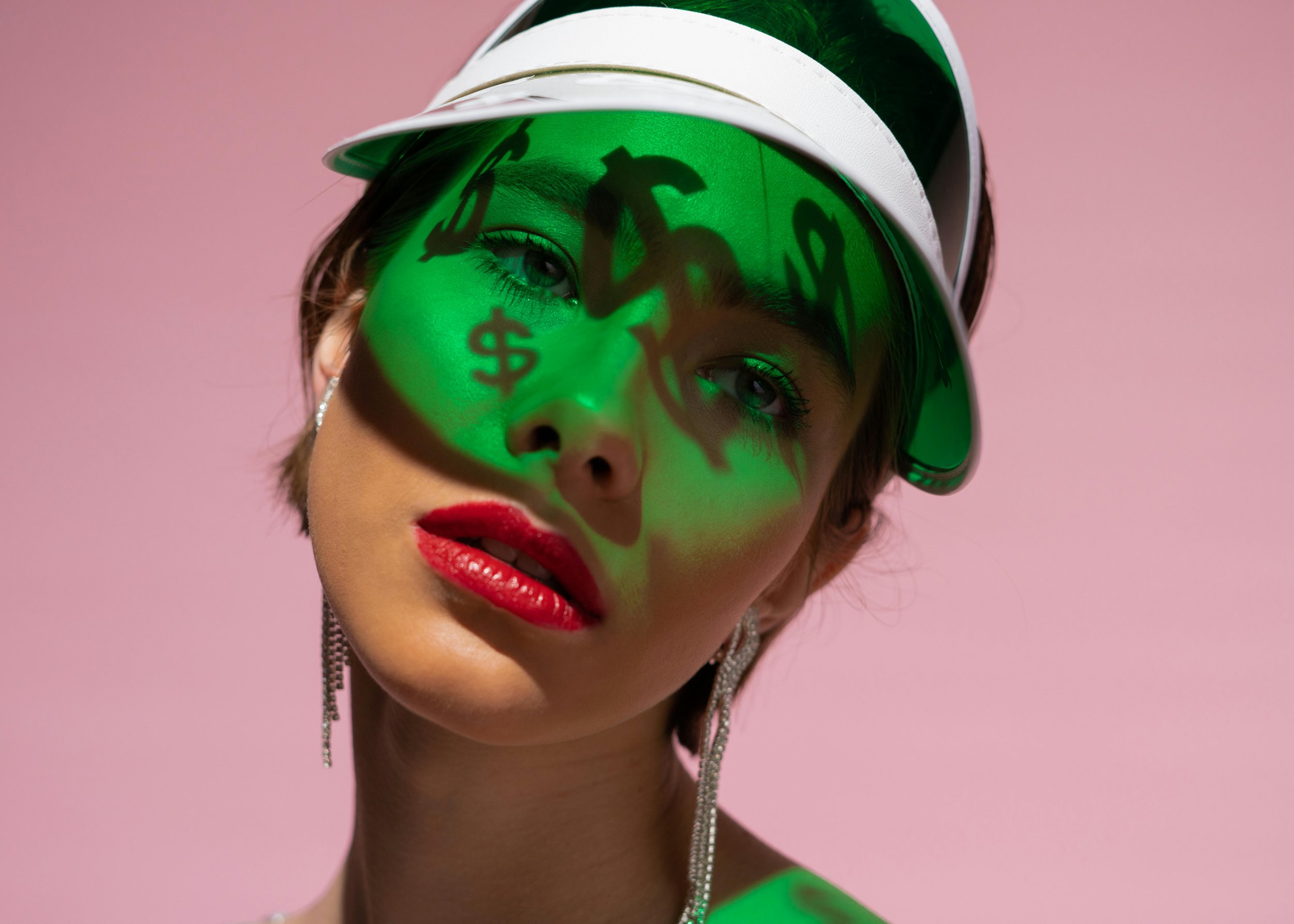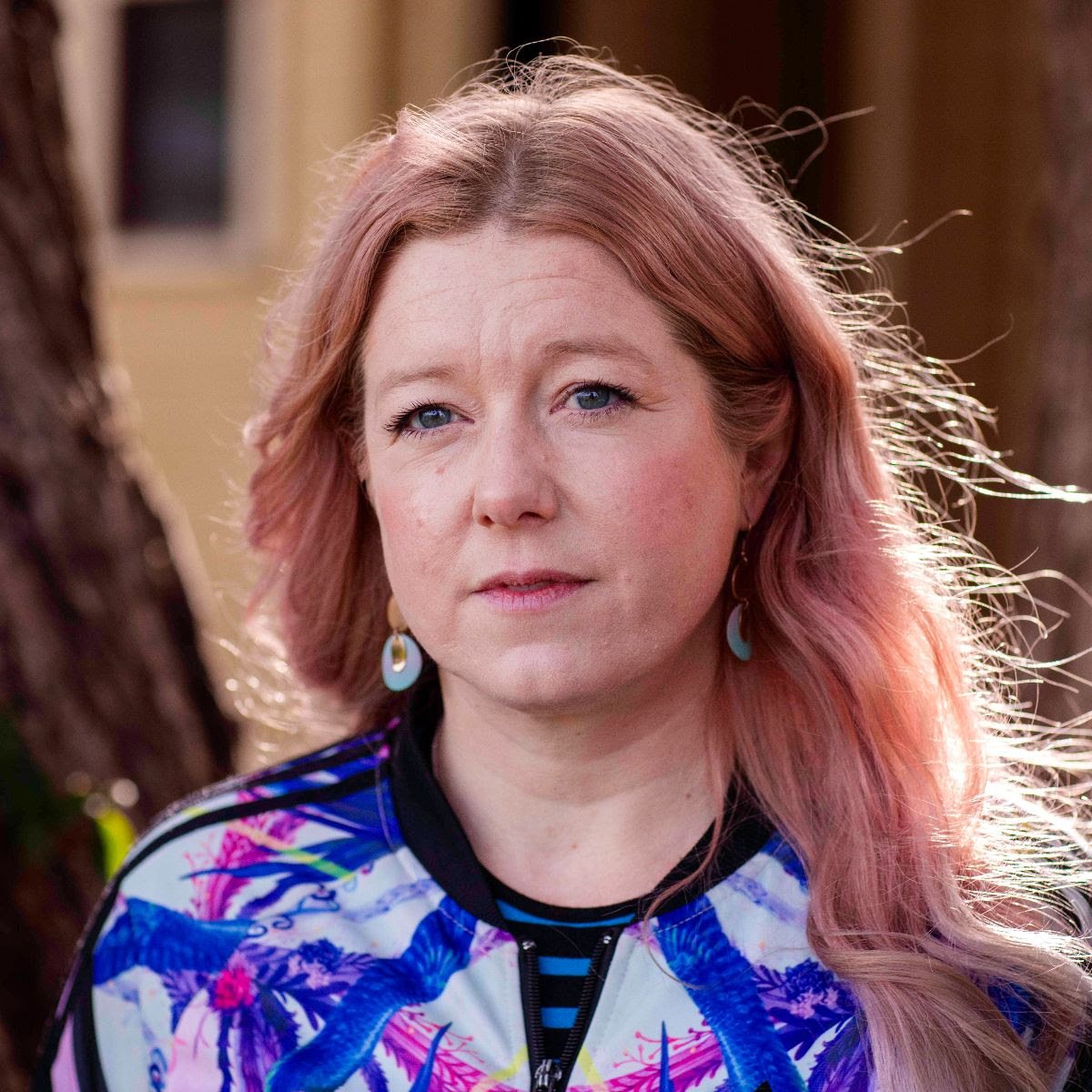Sandy Kaye: “I want to educate listeners”
Sandy Kaye is an experienced broadcaster turned-podcast host of A Breath of Fresh Air. Image supplied.
“I’m a music junkie and always have been — my taste has never really grown since my formative teenage years in the seventies,” says radio and television broadcaster, Sandy Kaye.
Kaye is producer and host of A Breath of Fresh Air, a podcast featuring artists whose music she describes as “the hits that became the soundtrack to our lives”.
Podcasting has been relatively new for the broadcaster who conceived the show when radio hosts were shut out of the studio with the onset of COVID, and she was asked to extend her 20-minute radio segment to a full hour.
Up for the challenge, the broadcaster and producer who has more than 40 years in the industry, found herself on a steep “up-hill learning curve” to create a show on her little laptop, calling on her radio peers to assist with stings, and teach her how to edit: she uses Apple Final Cut Pro — software designed for video, to edit her podcast.
Before the internet, Kaye prided herself as a producer to source talent from anywhere in the world. She adds to that, having been fired “several times” for running up excessive phone bills in pursuit of guests.
With the internet and online calls making the task of talking to people around the world more affordable and accessible than ever before, when lockdown happened and everyone was stuck at home, including musicians who were unable to tour, the timing couldn’t have been more perfect.
Kaye tried her luck, hitting up artists like John Oates, Alice Cooper, Peter Frampton, Steve Lukather from Toto, and Gordon Lightfoot, who much to her astonishment, were all more than happy to be included in the podcast.
Music junkie Sandy Kaye (right) with Samantha Fox. Image supplied.
A Breath of Fresh Air also features other big names: Badfinger, Free, Deep Purple, Creedence Clearwater Revival, Trex, Procol Harum, The Rascals, Small Faces, Talking Heads, and more.
The episodes are highly produced; music from each artist underscores the interviews as Kaye expertly navigates each story, keeping the focus on her guests. In short, she’s a pro, and it shows in her work.
The 52-minute format, leaves room for ads and news, and Kaye began pitching the show to radio stations — it is now distributed to 155 radio stations around the world from Columbia to Africa, and everywhere in between.
Aussie broadcaster Sandy Kaye still works in radio and television today. Image supplied.
The broadcaster says during the pandemic many stations were hungry for content: “So they took me on, and the show has become one of their biggest draw cards.”
One of the challenges of creating a music-based podcast is getting access to music rights.
In aligning with radio stations, she was able to secure the rights, and the broadcast opportunities also helped her to double down on access to high-profile guests.
“I’m able to quantify listenership through some of these stations, so when publicists want to know how many people will hear the broadcast, I’m able to provide figures that certainly helps to convince them to give me their talent,” Kaye says.
The radio show has been available as a podcast for the past year, and is aimed at those over 50 who remember the artists and the music from their most impressionable years.
One of the broadcaster’s goals is to educate listeners, especially the baby boomers who she says would benefit from podcasts. She refers to recent statistics: only 17 percent of those aged 50 plus, listen to podcasts in the US.
“I’m sure that number is significantly less in both Australia and New Zealand. I believe there’s lots more education needed to help the older listener discover the joy of having access to the world of podcasting. I’m always reaching out to younger listeners asking them to help their parents get onto podcasts, and I hope as time goes on, more and more will embrace this incredible audio technology,” she says.
Recently, the broadcaster turned-podcast-maker has begun monetizing the show, with some of the radio stations now contributing towards production costs and agreeing to share the advertising and sponsorship deals.
Covering costs is important for what is a labour-intensive, well crafted series that documents artists, and their often-personal lives.
Unsurprisingly, Kaye’s favourite part of the production process is the interviewing, and she has a natural, warm rapport with her guests.
“There’s something special that happens when the interviewee and I are both relaxed and open … it gives listeners a chance to be a fly on the wall,” she says.
Her journalistic instinct also kicks in: Kaye loves the thrill of the chase.
“[It’s] hunting down the contact details for the guest I’ve targeted; getting in touch, making the pitch and keeping my fingers crossed that they’ll respond positively. It still gives me a big thrill to check emails to find someone who has agreed to come on the show,” Kaye says.
Listen to the episodes above for a taste of the series, or head to Spotify or wherever you get your podcasts for more.
